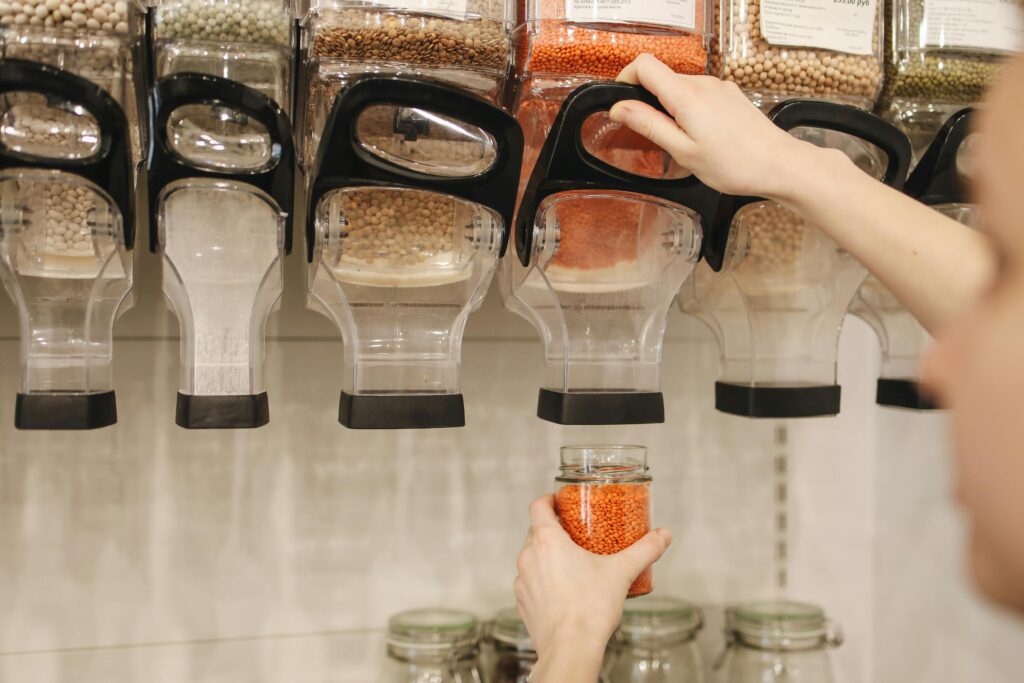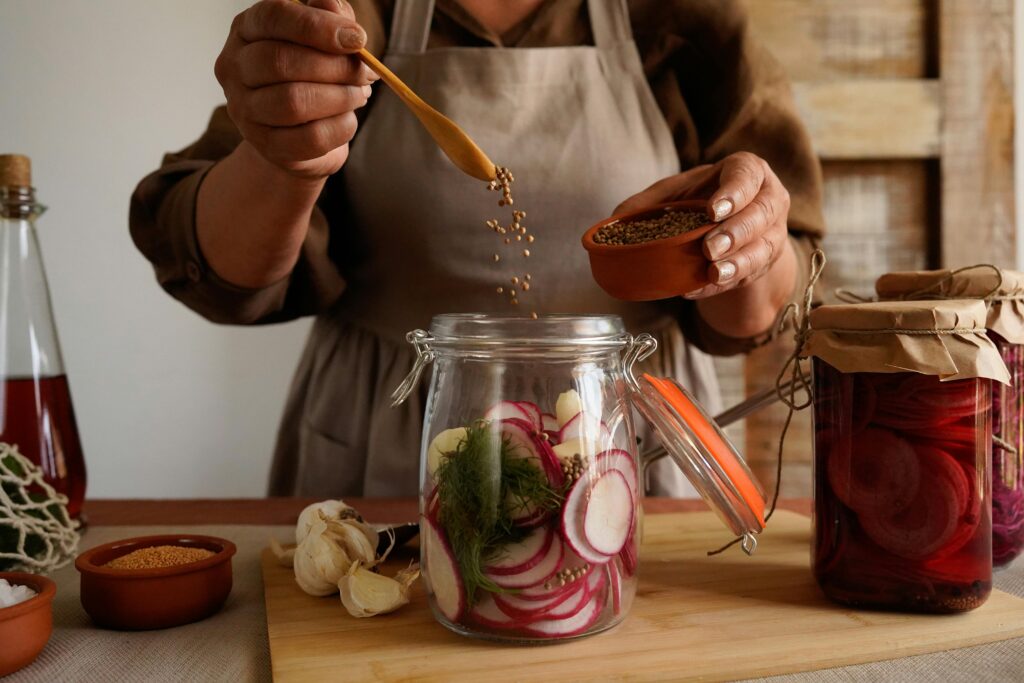What is Zero Waste Living?
Zero waste living is a lifestyle that aims to minimize the amount of trash we send to landfills and incinerators. Instead of constantly throwing things away, the goal is to rethink how we consume, reuse, and recycle.
At its core, zero waste is about following the 5 Rs:
- Refuse what you don’t need
- Reduce what you do use
- Reuse items instead of replacing them
- Recycle what can’t be reused
- Rot (compost) food and organic waste
It doesn’t mean you’ll create absolutely zero trash—very few people do. But it does mean making smarter choices that reduce your impact on the planet while improving your quality of life.
Table of Contents
- Benefits of Going Zero Waste
- How to Start Zero Waste Living (Step-by-Step)
- Beginner-Friendly Zero Waste Swaps
- Common Zero Waste Mistakes to Avoid
- Final Tips for Staying Motivated
- Conclusion
Benefits of Going Zero Waste
Environmental Benefits
- Less plastic pollution in oceans and landfills
- Lower carbon footprint from reduced manufacturing and shipping
- Preservation of natural resources
Financial Benefits
- Buying fewer disposable items saves money long-term
- Learning to repair instead of replace
- Cooking at home instead of relying on packaged food
Lifestyle Benefits
- Healthier home with fewer chemicals and plastics
- More mindful consumption habits
- A sense of contribution to something bigger
How to Start Zero Waste Living (Step-by-Step)
Step 1: Audit Your Trash
Spend a week observing what you throw away most often—plastic bottles, food packaging, paper towels, etc. This shows you where to start making changes.
Step 2: Start with Easy Swaps
- Carry a reusable water bottle instead of buying plastic ones.
- Bring your own cloth bags for grocery shopping.
- Say no to straws, cutlery, and freebies you don’t need.
Step 3: Focus on One Room at a Time
Don’t try to “zero waste” your whole house overnight. Start with:
- Kitchen: Replace cling film with beeswax wraps. Store food in glass jars.
- Bathroom: Swap plastic toothbrushes for bamboo, use refillable soap/shampoo.
- Office: Use digital notes instead of paper, refill pens instead of buying new ones.
Step 4: Buy Less, Borrow More
- Borrow books, tools, or clothes when you can.
- Repair and repurpose before replacing.
- Question each purchase: “Do I really need this?”
Step 5: Learn to Compost and Recycle Properly
Food scraps make up a huge chunk of household waste. Composting turns them into nutrient-rich soil instead of methane-producing landfill waste.
And when recycling—check your local rules! Not all plastics are recyclable everywhere.
Beginner-Friendly Zero Waste Swaps
| Disposable Item | Zero Waste Alternative |
|---|---|
| Plastic water bottle | Stainless steel or glass bottle |
| Plastic bags | Cloth tote or jute bag |
| Cling film | Beeswax wraps or silicone lids |
| Paper towels | Cloth rags or bamboo towels |
| Plastic toothbrush | Bamboo toothbrush |
| Single-use razors | Safety razor |
| Packaged soap | Bar soap or refill stations |
Replace items only when your current stock runs out. This way, you avoid unnecessary spending and waste.
Common Zero Waste Mistakes to Avoid
- Trying to be 100% zero waste overnight
- Buying lots of “eco-products” you don’t need
- Feeling guilty for slip-ups
- Comparing yourself to others online
Remember: if millions of people do zero waste imperfectly, it will have a bigger impact than a handful doing it perfectly.
Final Tips for Staying Motivated
- Join a community: Online groups or local zero waste circles can offer encouragement and ideas.
- Track your progress: Keep a waste journal or take monthly photos of your trash.
- Celebrate small wins: Every swap matters.
Conclusion
Zero waste living isn’t about throwing away your lifestyle—it’s about living more intentionally. By starting small, making simple swaps, and staying consistent, you’ll reduce waste, save money, and create a healthier environment for yourself and future generations.
Take your first step today: swap your next plastic bottle for a reusable one. Small habits grow into big change.



